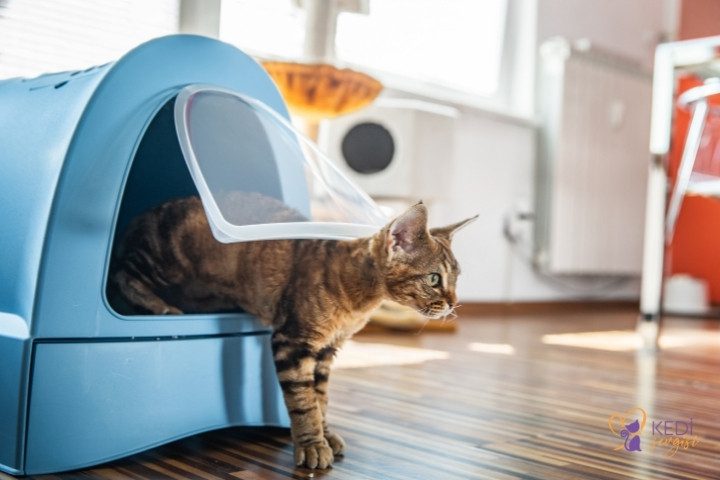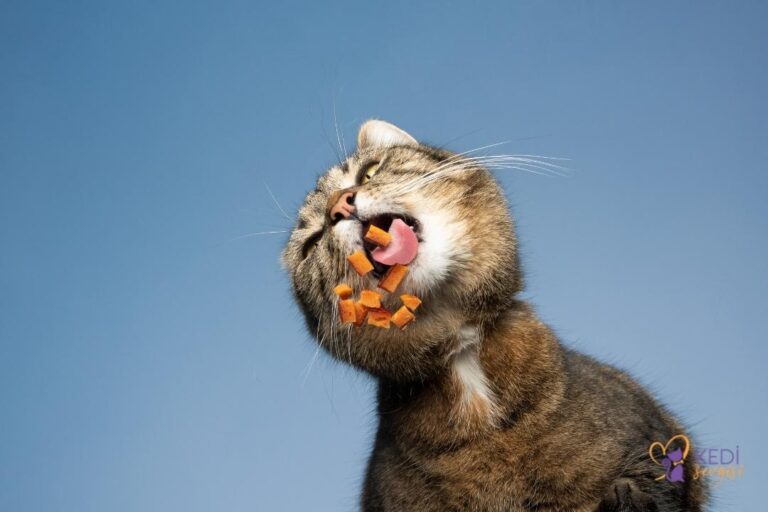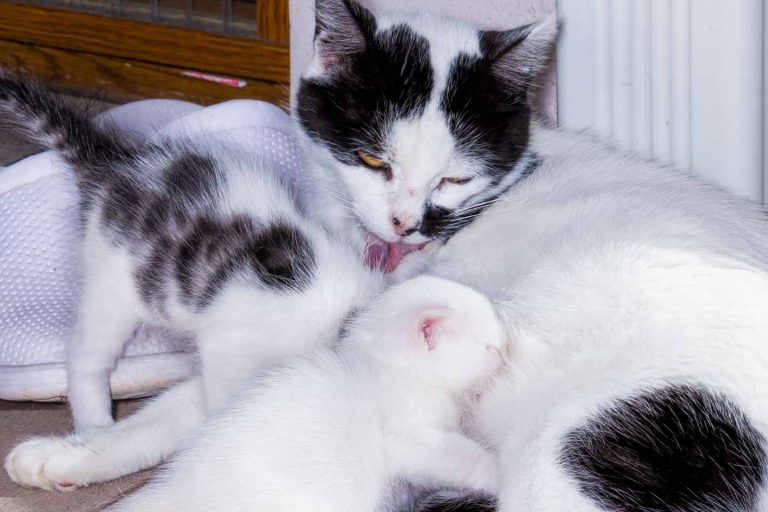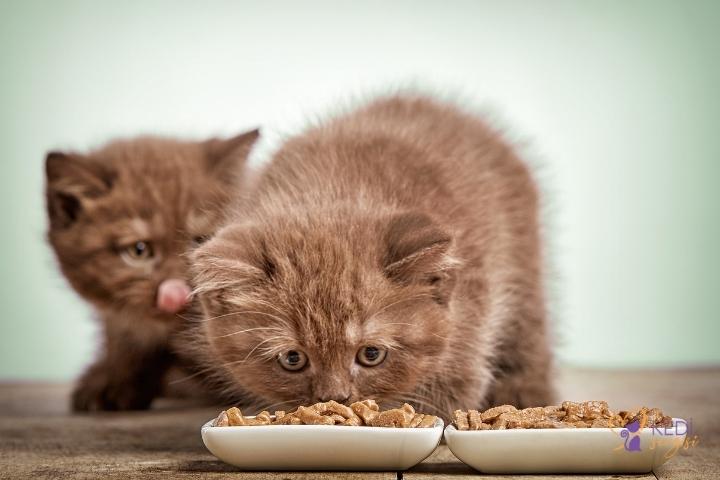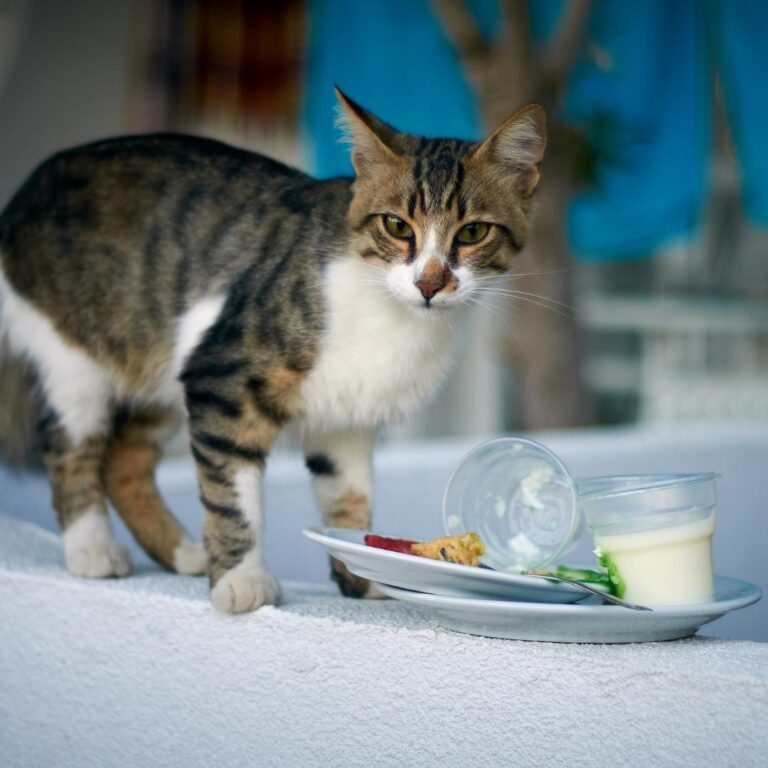Ideal Cat Weight
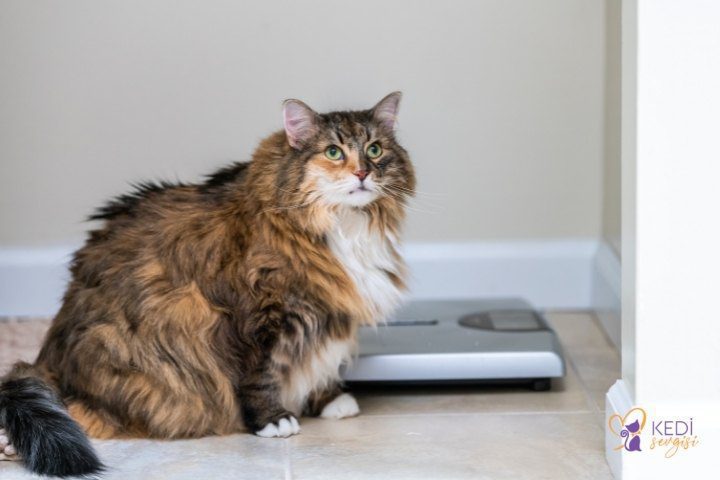
The ideal cat weight is a condition that should be considered in pets that are easy to care for but can cause a number of problems if their nutrition is not taken care of. Although cats are self-sufficient creatures, they can be exposed to obesity if they are overfed. As in humans, obesity in tiny paws is a trigger for many diseases. According to researches, 1 out of every 5 cats adopted today faces the problem of obesity. The basis of this is the sweetness and sympathy that the fatness of our little friends gives us. However, the health of cats with a weight above the ideal can be at serious risk. Their mobility decreases and their quality of life decreases. This leads them to unhappiness. In this article, we have compiled the ideal cat weight in its most basic form…
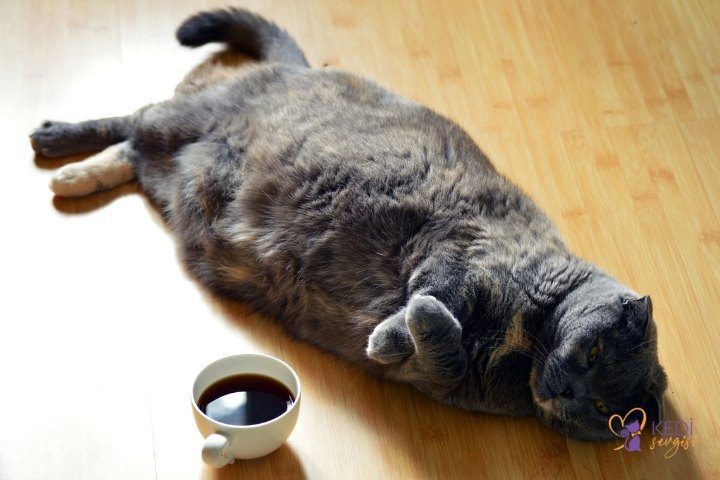
What is the Ideal Cat Weight?
Ideal cat weight means that a paw should have a weight in line with scientifically determined values so that it can live a healthier life. Being above or below the ideal weight is a risk factor. Cat weight varies according to age. It is a responsibility for individuals to keep the weight of the cats they adopt under control in every period and to create a diet accordingly. The daily calorie needs of cats differ according to the environment they live in. A cat living on the street is constantly on the move and therefore needs a minimum of 300 calories per day. However, the situation is different for domestic cats. Pets need to consume less food than stray cats due to their limited range of movement. For example, a house paw’s daily calorie requirement is 100 calories on average.
How to recognize a weak cat?
When it comes to the ideal cat weight, it is often thought that only excessive weight gain can be a problem. This is a big mistake. Underweight cats are also at serious risk. In short, you should neither be underweight nor overweight in order to live a quality life. Ideal values must be achieved. This is only possible by following the cat’s weight month by month. Because they may experience rapid weight loss in some periods. As individuals, we should be a good observer. So how can you recognize a skinny cat? Here is the answer…
- If your cat has short hair, you can see its ribs with an outside eye. This is a sign that it is weak.
- It is useful to examine it from the side profile. If you see an obvious depression in the abdomen, it is a sign of weakness.
- If you feel the bone when you gently touch the cat’s hip bone with your hand, it is an indication of weakness.
- Sudden weight loss can cause your cat’s face to shrink significantly.
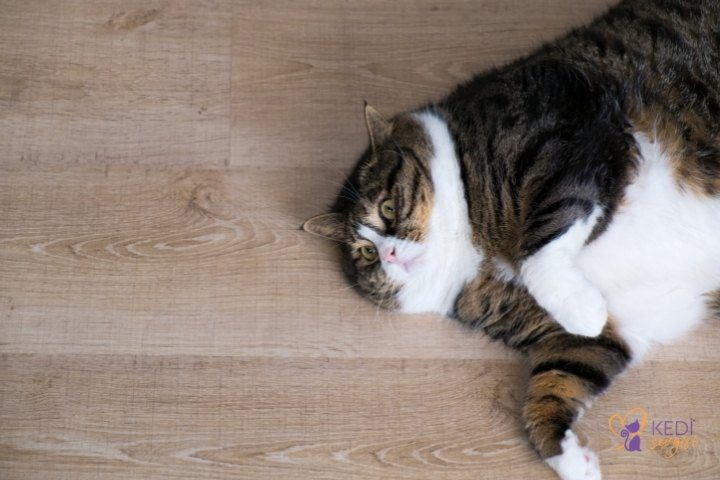
How to spot a fat cat?
Almost 20% of the world’s cat breeds suffer from obesity. For this reason, we need to take responsibility to restore the quality of life of our little friends. That’s why it’s important to know about the ideal cat weight. So how to recognize a fat cat? It is possible to indicate in a few points.
- You can get an idea about this when you look at its appearance. If it is much larger than it should be, it is at risk of obesity.
- If they have difficulty moving, they may be classified as fat. Especially fat cats cannot keep their buttocks clean because they do not have enough flexibility.
- If you feel a fatty structure when you lightly touch the rib area with your hand, you are fat.
- In fat cats, the abdomen hangs down from the feet.
The clearest way to tell whether a cat is fat or thin is through a veterinary examination. It is important to keep up with periodic veterinary check-ups. If the vet sees anything out of the ordinary, he or she will warn you and tell you what precautions to take. If you found our article productive and informative, you may be interested in When to Neuter Cats. You will also like our social media account…

